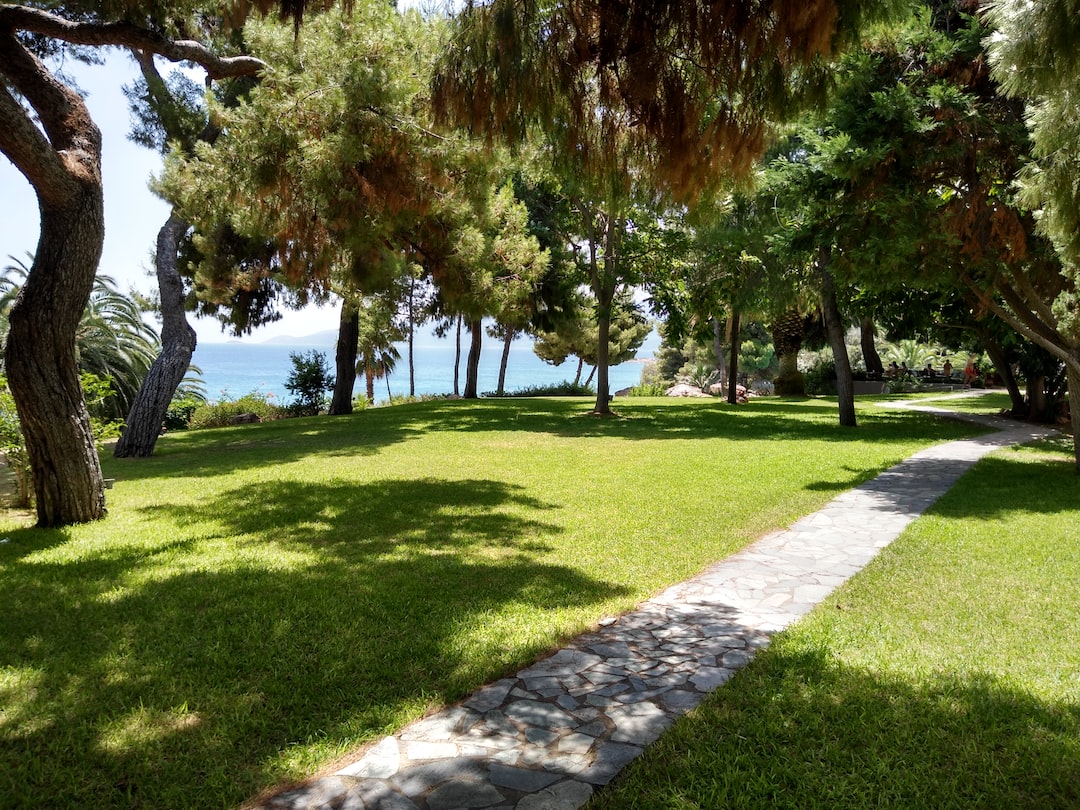Creating a Vertical Garden for Limited Spaces
In today’s fast-paced world, finding space to grow our own plants and flowers can be a challenge. Many of us reside in apartments or have limited outdoor areas, which makes it difficult to cultivate a traditional garden. However, with a little creativity and innovation, we can still enjoy the beauty of nature by creating a vertical garden, even in the most limited spaces.
A vertical garden, also known as a living wall or green wall, is a fantastic solution for those who wish to bring greenery into their lives. This method allows you to grow plants vertically, using walls or other structures as your canvases. Apart from being aesthetically pleasing, vertical gardens also offer numerous benefits. They help purify the air, reduce noise pollution, and create a therapeutic environment for residents. Additionally, they can insulate buildings, thus reducing energy consumption. With these advantages in mind, let’s explore some tips for creating a vertical garden in limited spaces.
Firstly, it’s essential to assess the available space and determine the size and type of vertical garden that will fit. If you have a small apartment balcony, a vertical garden with hanging pots or shelves could be the ideal option. On the other hand, if you have a larger outdoor wall, you can explore more extensive vertical garden systems, such as modular panels or hydroponic systems. Determining the space is crucial to ensure that your vertical garden thrives in the given environment.
Next, choose the right plants for your vertical garden. Not all plants are suitable for growing vertically, so it’s essential to pick varieties that can adapt well to these conditions. Herbs like parsley, basil, and rosemary are excellent choices, as they are compact and grow well in confined spaces. Succulents, with their ability to store water, are also great options. For vibrant pops of color, consider using flowering plants like petunias or pansies. Another important aspect to consider is the amount of sunlight your vertical garden will receive. Select plants that can thrive in the available light conditions to ensure their longevity.
The vertical garden structure is as crucial as the plants themselves. There are various methods to create your vertical garden, each with its own advantages and considerations. One popular technique is using wall-mounted planters, which can be hung to create a beautiful cascading effect. These planters come in various shapes and sizes, allowing you to customize your design. Another option is to use a trellis or a mesh framework to support plants as they grow upwards. This method is perfect for climbing plants like ivy or creeping fig, as they can easily attach themselves to the structure.
If you’re looking for a more high-tech approach, consider using a hydroponic system for your vertical garden. This method involves growing plants without soil, using a nutrient-rich water-based solution instead. Hydroponics allows for faster and more controlled growth, making it a popular choice for vertical gardens. Vertical garden systems using hydroponics are available in various designs, from wall-mounted panels to tower structures. Although this method may require some additional investment, the rewards are worth it for those who are passionate about gardening in limited spaces.
Maintenance is an essential aspect of any garden, including vertical gardens. Regular watering, pruning, and fertilizing are necessary to ensure healthy plant growth. However, in a vertical garden, the irrigation system becomes crucial due to the nature of its design. Drip irrigation or a misting system can be installed to provide water to the plants effectively. These systems can be automatic, making maintenance more manageable for those with busy schedules.
Last but not least, don’t be afraid to get creative with your vertical garden. It can be an excellent opportunity to incorporate elements of art and design into your limited space. Add decorative touches like hanging lanterns or bird feeders to enhance the overall aesthetic. Incorporate different textures and colors to create a visually appealing and captivating display.
Creating a vertical garden in limited spaces may seem challenging at first, but with the right planning and execution, anyone can bring greenery into their lives. By assessing your available space, selecting suitable plants, choosing the right structure, and maintaining your garden regularly, you can create a stunning vertical garden that will not only beautify your space but also provide health and environmental benefits. Embrace the opportunity to get creative and enjoy the beauty of nature, even in the smallest of spaces.

